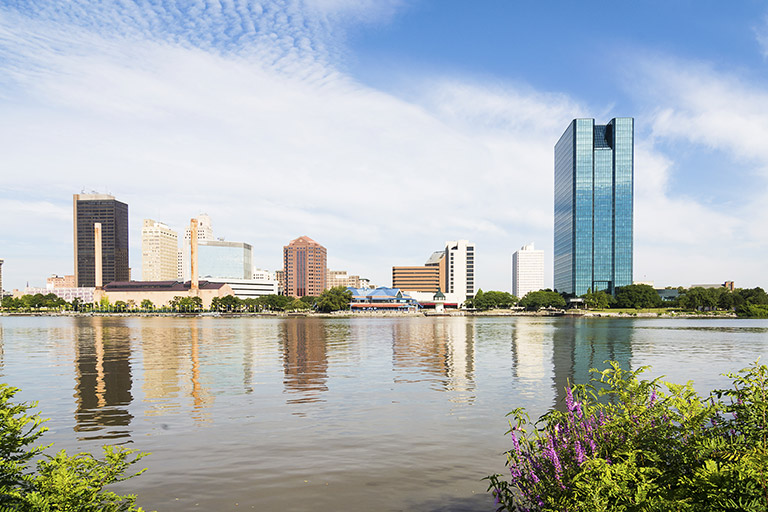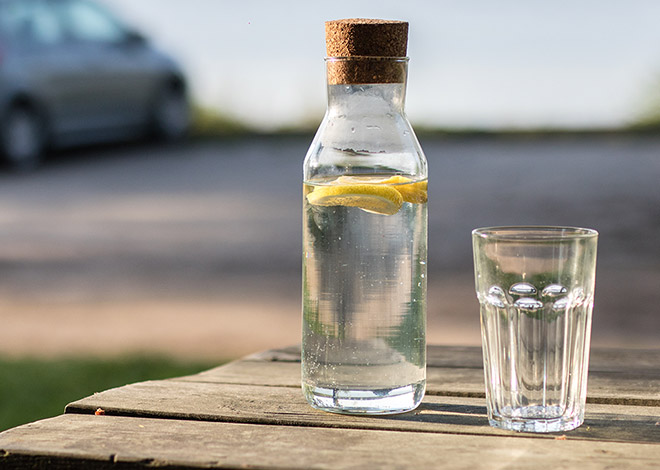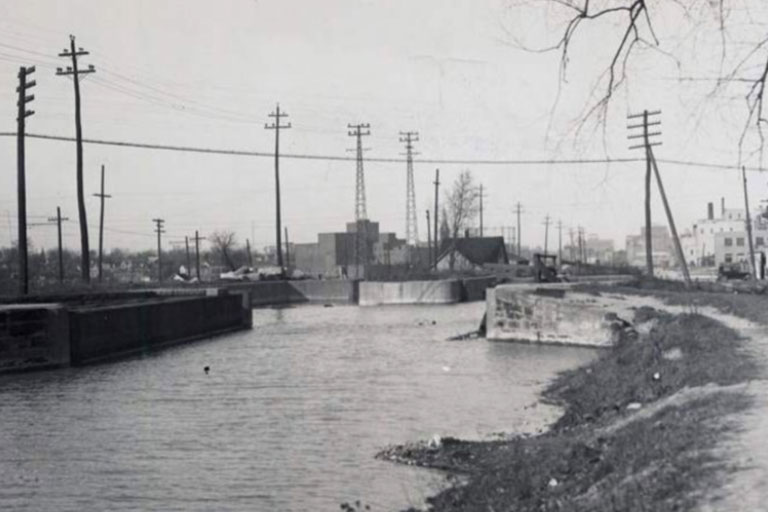Section 01
The Issue: Harmful Algal Blooms
Lake Erie is an important resource for recreation, trade, wildlife and drinking water. However, it has a history of being negatively affected by harmful algal blooms or HABs.

The Toledo Water Crisis
In 2014, the City of Toledo issued a tap water ban impacting more than 400,000 local residents for three days. Watch the following video clip from The Nature Conservancy to learn more about this event and the issue of water quality.
Video
The Toledo Water Crisis

“Tap Water Ban for Toledo Residents”
So reads the headline in The New York Times on August 3, 2014 when Ohio’s fourth largest city ordered residents to stop use of tap water due to the presence of microcystin toxin. In The Blade, Toledo’s local paper, Mayor D. Michael Collins states “…the algae crisis will bring about permanent change in how Lake Erie and other natural resources are managed.”

From Lake to Glass
The Great Lakes provides drinking water for 40 million people. Let’s take a closer look at the water treatment process and how regular testing, careful procedures and water treatment technology ensures we have safe, clean water.
Video
Doug Wagner Interview

Lake Erie History
Human activity has impacted the Lake Erie area since the early 1800s, when fur trading transitioned to logging timbers and then farmland. While cities grew along the shores, pollution became a bigger problem. Invasive species have been introduced by ships from all over the world.
Section 01 Review
-
What is one of the challenges facing Lake Erie today?
-
Who or what is affected by this challenge?
Upcoming Section

Section 02
Is Lake Erie the perfect environment for algae? Learn about its limnological characteristics and the history of this issue.

Section 03
Study the Western Lake Erie Watershed to look for activities that may impact water quality.

Section 04
What research, strategies and technologies can farmers use to help protect water quality?